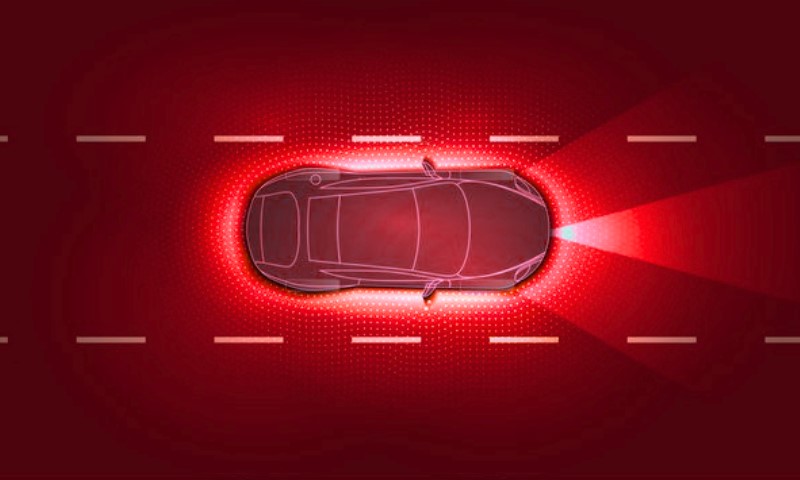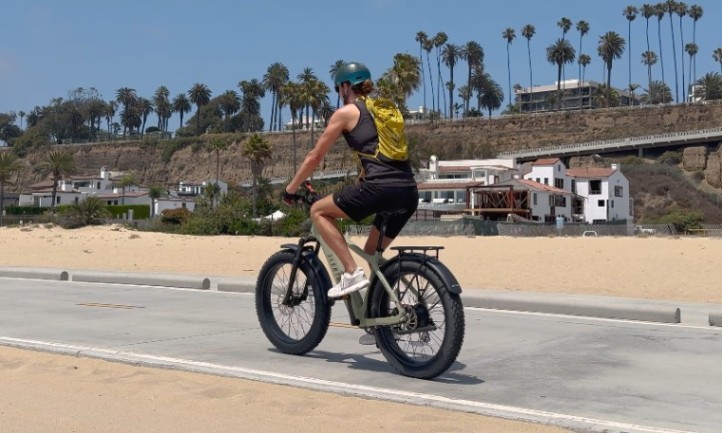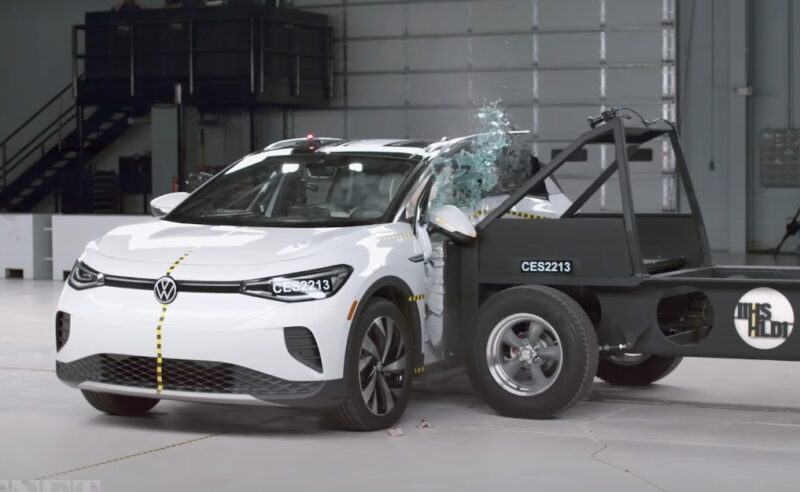
Share Post:
The automotive world has been changing rapidly lately. Electric vehicles (EVs) are no longer just futuristic concepts but a tangible part of our everyday lives.
With this shift comes a big question: are EVs as safe as—or safer than—their conventional internal combustion engine (ICE) counterparts?
Let’s take a closer look at the design differences, crash test performances, real-world data, and even some of the unique safety concerns tied to EVs. Spoiler alert: the answers aren’t as black-and-white as you might think.
Table of Contents
ToggleThe Core Differences
@turbotenant Which is the safer option: Electric vehicles or traditional gas cars? 🚗 #turbotenant #electricvehicle #electricvehiclechargers #electricvehiclefail #landlordproblems #realestateinvesting ♬ original sound – TurboTenant
There are so many electric cars out there. According to ConsumerShield, there were approximately 3.5 million fully electric cars in the U.S. in 2023 alone, and that number has likely risen. The reason is that EVs are built differently—literally.
One of their standout features is the battery pack, which typically runs along the vehicle’s floor. This placement does two things: it lowers the car’s center of gravity (making rollovers less likely) and allows for larger crumple zones to absorb crash impact.
On the other hand, ICE vehicles house heavy engines in the front, which can limit their crumple zone effectiveness and affect how crashes play out.
But there’s more. The lack of a traditional engine in EVs gives manufacturers creative freedom in structuring the front end of the vehicle, optimizing it for safety.
Crash Test Results – EVs Taking the Lead
Crash tests by trusted organizations like the Insurance Institute for Highway Safety (IIHS) and National Highway Traffic Safety Administration (NHTSA) have put EVs through their paces. The results? Many EVs excel in safety ratings.
Take, for example:
- Volvo XC40 Recharge
- Ford Mustang Mach-E
Volvo XC40 Recharge
- According to IIHS, the 2023 Volvo XC40 Recharge received the highest possible rating of “Good” in all crashworthiness categories, including small overlap front, moderate overlap front, side, roof strength, and head restraints.
- NHTSA Ratings show that this model achieved a 5-star overall safety rating, indicating top-tier performance in frontal and side crash tests.
Ford Mustang Mach-E
- IIHS Ratings: The 2024 Ford Mustang Mach-E earned “Good” ratings in all crashworthiness tests, including the updated side crash test, reflecting its robust occupant protection.
- NHTSA Ratings: The 2023 model received a 5-star overall safety rating from NHTSA, underscoring its strong safety credentials.
Real-Life Accidents Data

When it comes to real-life crashes, numbers don’t lie. Studies show that people in EVs tend to fare better than those in ICE vehicles.
For instance, a report by the Highway Loss Data Institute (HLDI) revealed injury claims for EV drivers and passengers are over 40% lower compared to traditional cars. Why? A lot of it boils down to weight.
Think of it as physics at play: a heavier vehicle generally fares better in an impact. But there’s a flip side. Heavier cars can pose greater risks to lighter vehicles and pedestrians, which brings us to a crucial point—road safety for everyone.
The Pedestrian Safety Debate
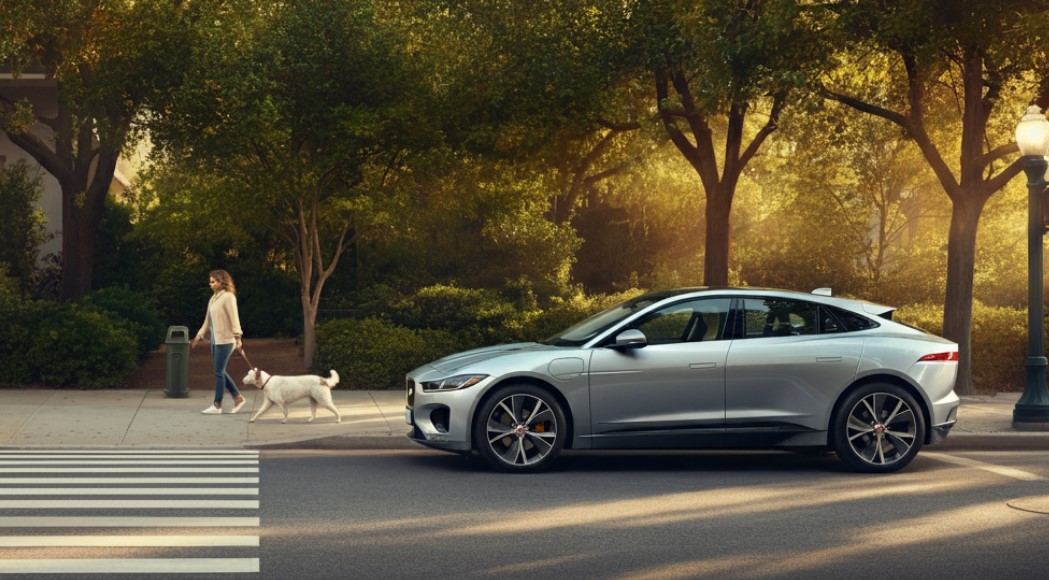
One of the more unexpected concerns about EVs is their quietness. They glide almost silently at low speeds, which can catch pedestrians off guard, particularly those who rely on auditory cues, like the visually impaired.
Studies even show that EVs are twice as likely to be involved in accidents with pedestrians compared to traditional cars.
Thankfully, regulators have stepped in. Modern EVs are now required to emit artificial sounds at low speeds.
Think of it as a gentle hum or buzz—a futuristic way to say, “Hey, I’m here!” It’s a smart fix for an issue that wasn’t even on the radar a few years ago.
Fire Risks and Battery Safety
Whenever EVs make the news for fires, it tends to create a lot of anxiety. Lithium-ion batteries are the culprit, as they can become volatile if damaged.
But here’s the surprising part: data shows that EVs are less likely to catch fire than ICE vehicles. The difference? Gasoline-powered cars deal with flammable liquid, while EVs face risks primarily during battery failures or accidents.
Car manufacturers aren’t ignoring this. They’re constantly innovating safer battery designs and reinforcing protections around those massive battery packs. Sure, EV fires grab headlines, but they’re not as common as people think.
How EV Weight Impacts Safety
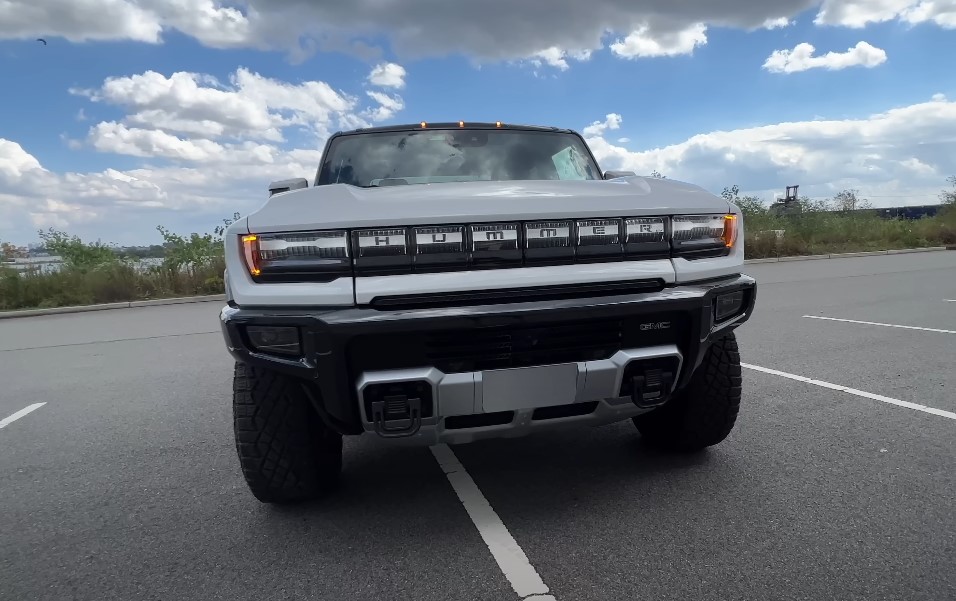
Weight plays a double-edged role in safety. On the one hand, the substantial weight of EVs offers better protection to occupants during collisions. On the other, it increases the severity of damage to lighter vehicles or pedestrians involved in the same accident.
Take the GMC Hummer EV, for example. It’s a beast on wheels, weighing much more than the average car. While this means excellent protection for its occupants, it raises serious questions about its effect on other road users.
Advanced Safety Features
One area where EVs shine is their high-tech safety features. New Cadillac Escalade IQ is one fine example. From automatic emergency braking to adaptive cruise control, these vehicles come loaded with systems that can actively prevent accidents.
Some of these technologies are standard in many EVs, making them stand out compared to older ICE models, which may lack such features unless you pay extra.
These driver-assist technologies don’t just enhance safety—they redefine it. Imagine a car that not only protects you in a crash but actively works to avoid one in the first place. That’s the promise EVs are delivering on.
A New Era of Safety Challenges
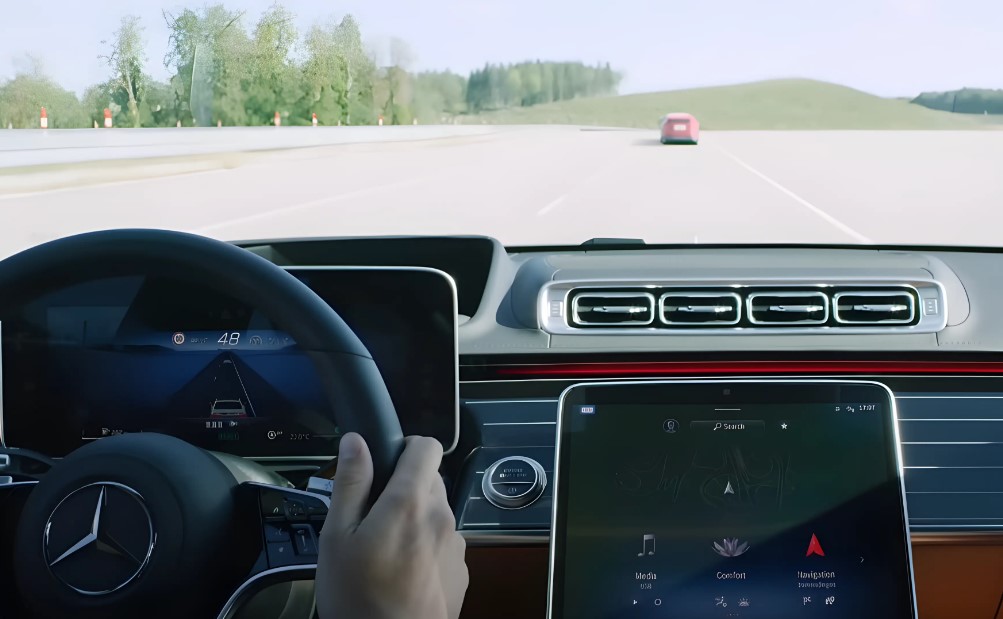
The shift to EVs has brought undeniable safety advancements. Yet, it also introduces challenges.
The sheer weight of EVs and their impact on lighter vehicles, the potential fire risks tied to batteries, and the need for greater pedestrian awareness are all issues that need attention. Thankfully, innovation in the automotive industry isn’t slowing down.
As manufacturers refine their designs and technologies, we can expect safer roads for everyone—drivers, pedestrians, and cyclists alike.
Wrapping It Up
Comparing EVs to ICE vehicles in terms of crash safety isn’t about picking a clear winner. It’s a nuanced conversation.
EVs have reshaped how we think about vehicle safety with their innovative designs, advanced features, and promising crash performance. But like any major shift, there are trade-offs and challenges that require careful consideration.
As more EVs hit the road, we’re not just witnessing a revolution in how we drive but also in how we keep each other safe out there. Whether you’re team EV or still loyal to your ICE vehicle, one thing’s for sure—safety remains the ultimate priority for us all.
References
- iihs.org– 2023 Volvo XC40 Recharge Ratings
- iihs.org– 2024 Ford Mustang Mach-E Ratings
- iihs.org– With more electric vehicles comes more proof of safety
- fordauthority.com– Ford Mustang Mach-E NHTSA Safety Ratings Revealed
Related Posts:
- Are Electric Vehicles Safer? Comparing EVs and…
- 20 Cars That Look Like Spaceships - Best Futuristic…
- 8 Safest Family Cars of 2025 – Crash Tests, Features…
- How Weather Conditions Affect Electric Vehicle…
- 12 Reasons Why Gas Cars Are Better Than Electric in 2025
- 15 Best Electric Cars Under $50,000 in 2025 -…




